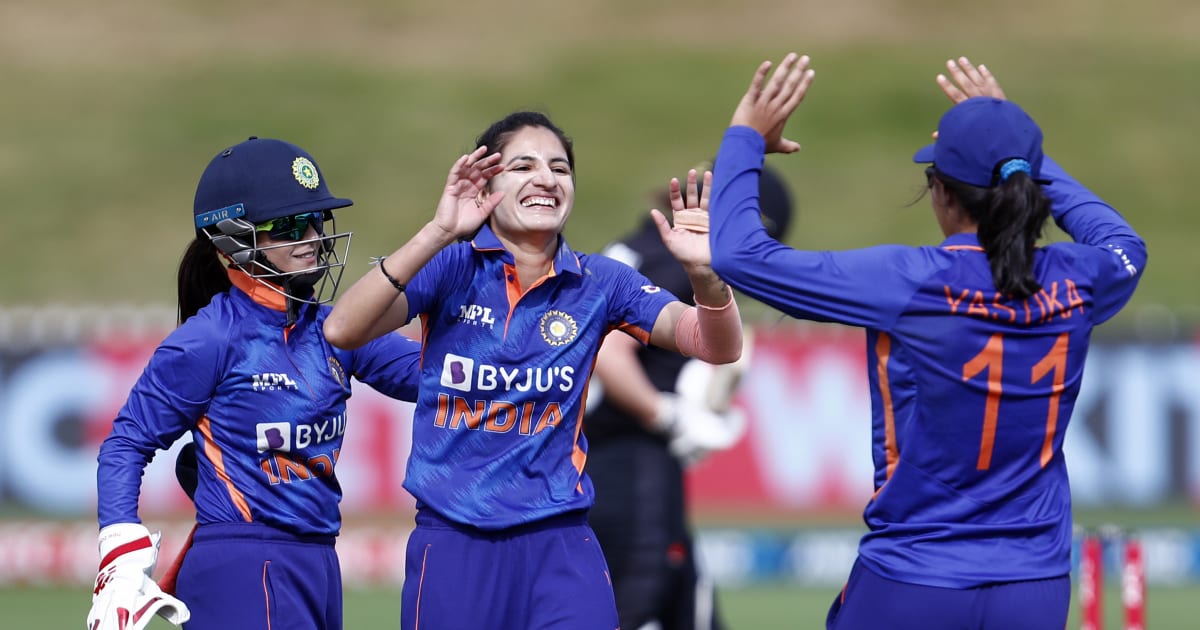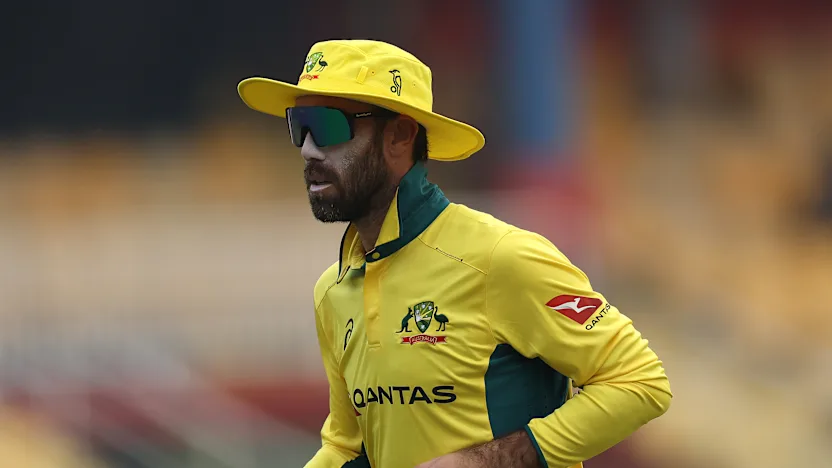Pakistan cricket needs stability

Continuity and consistency in managing cricket affairs-or any high-level sport-are just as essential as in the governance of a complex corporate entity of strategic significance.Pakistan cricket is going through a very challenging times since the last few years. It is not just a turbulence which our cricket has experienced many a times in the past. It is more like a downward slide on a slope, which is slippery enough to take our cricket to a new low, unless the underlying causes are arrested, and remedial measures are taken.However, to do that, first we need to understand the major elements which are responsible for that. Many people would not disagree that one of the key reasons for that is lack of continuity in managing the cricket affairs.From the Board’s leadership to the selection of players, captains and coaches, Pakistan cricket has suffered from frequent and often abrupt changes. This instability has undermined the team’s ability to build a coherent identity, foster trust, and maintain performance standards. Continuity allows players to settle into roles, build chemistry, and develop resilience, free from anxiety of constant reshuffling. Successful teams across the world demonstrate a common trait-clarity and consistency in leadership roles, both on and off the field.Though the captain of the team is the one who takes charge on the field, strategic leadership of the team, however, lies primarily with the coach-whose role has evolved in this sport over the last couple of decades and is now as accountable for the performance of the team as the captain.The coach is tasked with leading the team forward, instilling a strong dressing room culture, developing the team’s strategy, and ultimately elevating the team’s performance to its potential.When it comes to strategic direction and cultural transformation, there are no shortcuts. Quick fixes may deliver occasional victories, but they are no substitute for sustainable long-term growth. Therefore, appointing and retaining a coach with a clear mandate and a multi-year horizon is essential. This approach provides the time and authority necessary to implement transformative changes.Unfortunately, Pakistan’s track record has been far from stable. In just the past five years, the men’s cricket team has cycled through six different coaches-Misbah-ul-Haq, Saqlain Mushtaq, Grant Bradburn, Jason Gillespie, Gary Kirsten, and now Aqib Javed, whose position too remains uncertain. In contrast, cricketing powerhouses like Australia and India have each had just two coaches over the same period, and their consistency has translated into strong performance across formats.Some may argue that frequent changes of coaches’ stem from an inability to find the right fit. If so, the solution lies in professionalising the selection process. Appointing coaches based solely on resumes or past achievements in different environments is no longer viable. A coach who thrives in one setting may struggle in another, especially in Pakistan’s unique cricketing context, which demands a deep understanding of local dynamics-technical, operational, and cultural.To course correct, the PCB must adopt a structured, evidence-based approach for appointment of coach. As a first step, it should engage a reputable international consultancy firm with proven expertise in sports management and cricket development to develop a set of KPIs (Key Performance Indicators) for coach, tailored to the challenges facing Pakistan cricket. The firm should also oversee the recruitment process to ensure it remains aligned with the broader goal.This move of engaging a consultancy firm should not be seen as a reflection of the Board’s shortcomings, but rather as a progressive and forward-looking step-demonstrating PCB’s commitment to professionalism, global standards, and the long-term interests of Pakistan cricket. A third-party perspective can help reduce internal biases, ensure accountability, and enhance the credibility of the appointment process.The KPIs to be developed by the firm should cover the areas where our team is currently lagging-be it cricketing technique, team culture, motivation, mental resilience, adoption of modern-day cricket needs, or perhaps most critically, the cultivation of a “team-first” mindset.Once the KPIs are finalized and approved by the PCB’s governance committee, the Board should invite Expressions of Interest (EOIs) from candidates who meet specific, well-defined criteria. These may include, in addition to a minimum number of years coaching at the international level, familiarity with environments and challenges like Pakistan’s and proven track record in those domains where our cricket is lagging. Final selection of coaches should be driven by the evaluation of their action plan for achieving the pe-defined KPIs.Compensation of coaches must also be linked with execution of this action plan rather than short-term match outcomes alone, as sometimes results are deceiving and may give us short-term success at the cost of derailing from the path of sustainable progress.No selection process of coach can guarantee results, as at the end of the day the talent and potential of players matter the most, but a transparent, structured, and objective-based approach for induction of coach, who remains the strategic driver, will ensure that the team plays up to its full potential which in turn will significantly improve the likelihood of sustained improvement and long-term growth.The time has come for the PCB to move beyond impulsive decisions and build a foundation of consistency and professionalism that can steer Pakistan cricket back on the path to glory.




.jpg)








